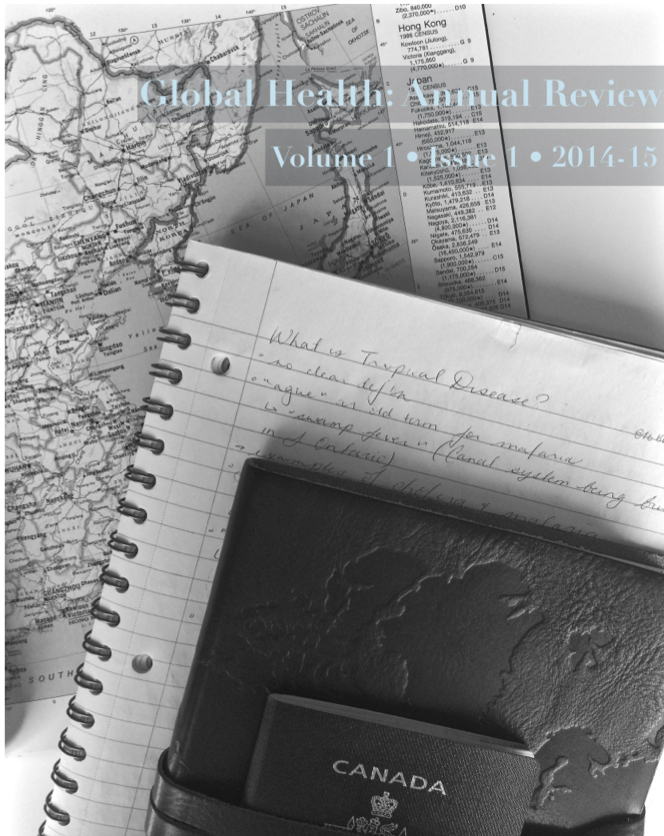Combatting Maternal and Child Malnutrition in Pakistan: Using Microcredits as Ammunition
Résumé
Background: Within the field of maternal, newborn and child health, a major obstacle has been undernutrition. Undernutrition is considered to be the number one health risk worldwide and is responsible for 11% of the global burden of disease, mainly concentrated in LMICs (1). In particular, proper nutrition for women and their children is vital due to the adequate nourishment required for optimum growth and development of babies in utero and post-partum (1). Several interventions have been proposed and implemented in order to lessen the detrimental effects of undernutrition categorized under nutrition-specific and nutrition-sensitive interventions (3). This paper focuses on the nutrition sensitive intervention of social safety nets.
Research Question: How have microcredit programs affected the health outcomes of undernourished children in Punjab, Pakistan?
Review of Literature: A broad literature review was conducted using PubMed, PAIS International, Global Health, and Google Scholar. More than 13 registered microfinance institutions were found within Punjab, but the analysis focused on BISP. The four welfare indicators of child nutrition, women’s empowerment, household consumption and dietary diversity were chosen as measures of impact (6). Three case studies conducted within Punjab were examined in order to assess the impacts of the program. Collectively, the case studies have shown positive effects on household expenditures and consumption, particularly food. Moreover, the opinions of beneficiaries were primarily positive. Unfortunately, the cumulative findings of these case studies were insufficient to accurately answer the research question. The main welfare indicator that these studies focused on was that of household consumption but this indicator alone cannot provide a holistic picture of the impacts of BISP.
Conclusion: The development of microcredit programs has created the potential of providing the poorest of the poor with a self-sustaining approach to meet their daily needs. Within Pakistan, the largest microcredit program, BISP, has shown to have several positive impacts on its beneficiaries. Unfortunately, there are huge research gaps that exist in the evaluation of BISP making it problematic to answer the proposed research question. Microcredit programs, researchers and policymakers need to advocate for the inclusion of nutrition indicators within the research agenda, as its current neglect is detrimental to achieving progress in Pakistan’s MNCH.
Références
1. Black RE, Allen LH, Bhutta ZA, Caulfield LE, De Onis M, Ezzati M et al. Maternal and Child Undernutrition Study Group. Maternal and child undernutrition: global
and regional exposures and health consequences. The Lancet. 2008; 371(9608): 243-260.
2. World Health Organization. Every Newborn Progress Report; 2015. Available from:
http://www. orn.org/wp-content/uploads/2015/05/Every-NewbornProgress-Report-May2014.pdf
3. Bhutta ZA, Hafeez A, Rizvi A, Ali N, Khan A, Ahmad F, et al.
Reproductive, maternal, newborn, and child health in Pakistan: challenges and opportunities. The Lancet. 2013; 381(9884): 2207-2218.
4. Council on Foreign Affairs. Microfinance in Pakistan: A Silver Bullet for Development?; 2003. Available from: http://www.cfr.org/social-entrepreneurship/microfinancepakistan-silver-bullet-development/p6543
5. Nabi I. Two social protection programs in Pakistan. The Lahore Journal of Economics. 2013; 18: 283-304.
6. O’Leary S, Cheema I, Hunt S, Carraro L, Pellerano L. Benazir Income Support Programme Impact Evaluation: Baseline Survey Report, Oxford Policy Management; 2011. Available from: http://www.bisp.gov.pk/Baseline%20Survey%20Report/Baseline%20Survey%20Report/BaselineReport.pdf


